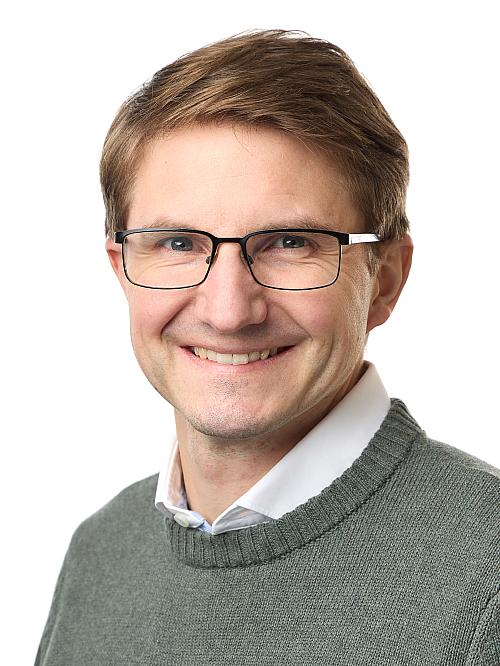Materials Testing 2.0 - The next generation of mechanical tests based on deformation imaging
Do you think that mechanical testing is just about tensile curves? Then you should join this webinar because materials testing is no longer what it used to be! Recent advances in optical and numerical techniques have led to the development of a new generation of approaches to observing and understanding what happens when materials and components are loaded. These techniques, including Digital Image Correlation (DIC) and the Virtual Fields Method (VFM), enable new types of testing and methods to generate more knowledge about deformation behaviour and describe and model the material with numerical constitutive models.
This webinar provides an inspiring introduction and insights into the “Materials Testing 2.0” concept. Here we will meet not only one but two world-leading experts in the field; Dr Pascal Lava (CEO, MatchID NV, Belgium) and prof. Fabrice Pierron (University of Southampton, UK and R&D Director, MatchID NV, Belgium). Here we will get familiar with modern techniques such as DIC and VFM but also see exciting applications and examples of Materials Testing 2 applied to different types of applications, materials, material properties and testing geometries. Dr Lava and prof. Pierron will also present recent advancements and state-of-the-art in this topic, and the lecture will also include an open discussion where you can ask your questions. The webinar is hosted by associate professor Jakob Olofsson from the department Materials and Manufacturing, School of Engineering, Jönköping University.
Date: Oct. 27, 2022
Time: 10:00-11:30 (lecture, interview, panel discussion)
After attending this webinar you will know more about:
- What Materials Testing 2.0 is
- New techniques such as DIC and VFM
- How you can apply Materials Testing 2.0 to a large variety of length scales, materials and properties
Targeted audience: Designers, material experts and scientists, CAE and simulation engineers, purchasers, foundry engineers, but also everyone with an interest in materials science in general and materials testing in particular.
Lecturers
- Head of Department
- School of Engineering
- jakob.olofsson@ju.se
- +46 36-10 1659


%20Pascal.png)
